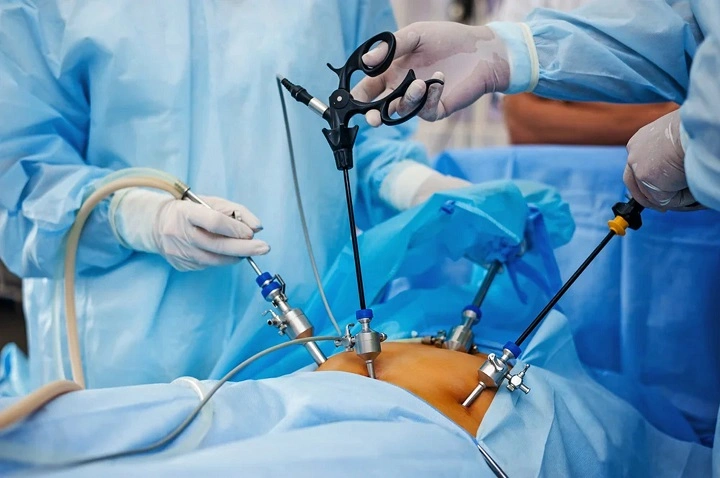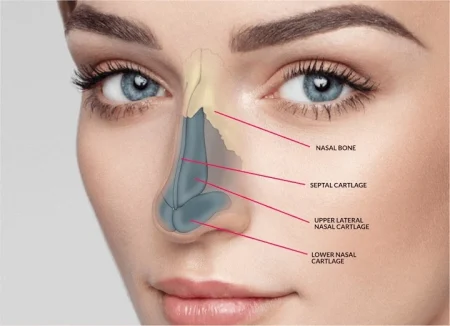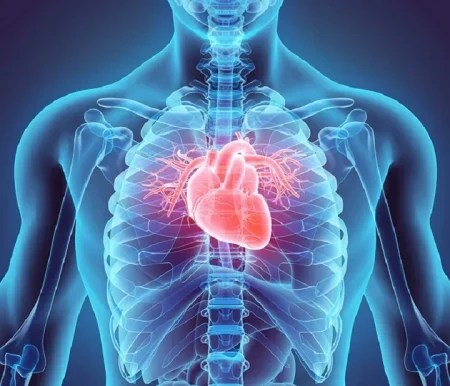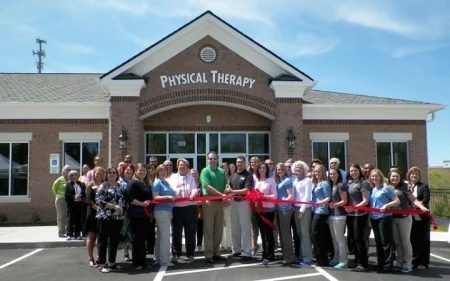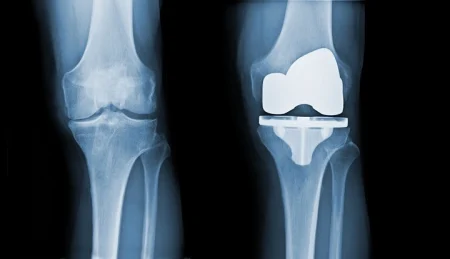When physicians must view inside the body, previously they would have had to make enormous incisions. There was much scarring, harm, and lengthy recuperation. No longer. With advances in current medical science, laparoscopy is now one of the safest, most mundane operations that physicians can view inside the body and even fix issues with little cutting.
Laparoscopy is also known as keyhole surgery. Because the incisions are extremely small. It is done to enable the doctor to see organs. Like the belly, liver, intestines, or even the reproductive organs like the uterus and ovaries. Laparoscopy is therapeutic as well as diagnostic, hence an extremely important procedure in modern surgery.
What Is Laparoscopy and How It Works
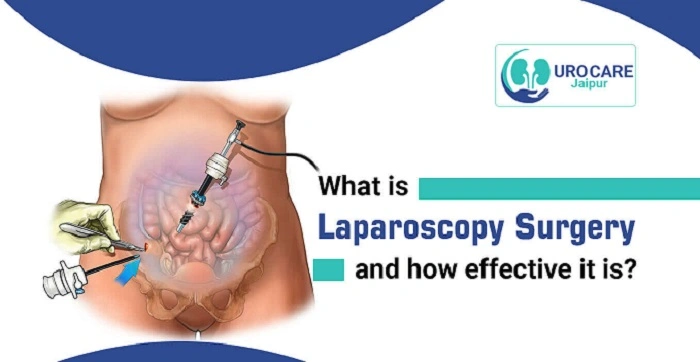
Laparoscopy involves a physician inserting a thin tube, a laparoscope, into the body via an opening in the abdomen. The instrument is fitted with a light and a small camera on the end. It is inserted into the body via a small cut in the abdomen. The camera sends images to a video monitor so that the doctor can view organs firsthand.
Instead of making big cuts, surgeons make one or two minor cuts. Through them, they place the laparoscope and other instruments when medication must be given. Laparoscopy is hence less painful, heals faster in time, and leaves less scar compared to open surgery.
Why Doctors Prescribe Laparoscopy
There are several reasons doctors prescribe laparoscopy. Some of the most frequent include
To find the reason for abdominal or pelvic pain
To identify tumors, cysts, or growths
To diagnose infection or inflammation
To diagnose ovary, fallopian tube. Or uterus disorders in females
To investigate the gallbladder or the liver
To diagnose male and female infertility
To drain cysts, tissue, or even the appendix
It is both therapeutic and diagnostic and hence a very useful procedure.
Conditions Diagnosed or Treated with Laparoscopy
Laparoscopy is used in the following conditions
Gallstones or gallbladder disease
Appendicitis (inflammation of the appendix)
Hernias
Endometriosis in females
Ovarian cysts
Uterine fibroids
Blocked fallopian tubes
Cancer staging or diagnosis
Liver disease
Abdominal or pelvic pain that cannot be identified
Because it can be used to do so many different things, it is a very broad category of medical procedures.
Steps of the Laparoscopy Procedure
The actual procedure of laparoscopy is simple and safe for the majority of cases. The procedure is
Preparation
The patients are also asked not to eat or drink anything for a few hours before their surgery. Blood work and imaging studies can also be performed.
Anesthesia
General anesthesia is given so that the patient does not feel any pain and sleeps.
Making Small Incisions
A small incision is made close to the belly button and one or two more cuts depending on the surgery.
A tube is introduced and carbon dioxide gas flows into the belly. This makes room so the organs are easily seen.
Surgery or Diagnosis
Laparoscopes and tools are inserted to diagnose or fix.
Closing the Cuts
After fixing, instruments are removed, gas is let out, and the small cuts are stitched or closed.
Benefits of Laparoscopy
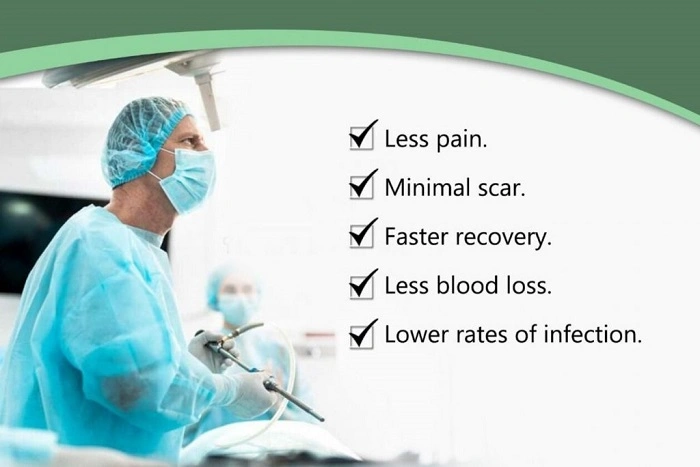
The reasons why laparoscopy is better than open surgery are
Less scarring because the wound is smaller
Less post-op pain
Early discharge from hospital and short hospital stay
Low risk of infection because wounds are small
Greater accuracy with camera display of clear images may aid in diagnosing and treating during the same visit
Patients can go home on the same day or the next day after laparoscopic surgery.
Risks and Complications of Laparoscopy
Laparoscopy is safe, but no surgery can ever be completely risk-free. A few risks are possible
Incisional infection
Bleeding
Reaction to anaesthesia
Hitting nearby organs of the abdomen, i.e., intestine, bladder, or blood vessels
Blood clots
Discomfort due to air trapped following surgery
These are infrequent and most people recover uneventfully.
Recovery After Laparoscopy
Recovery depends on the kind of laparoscopy. Patients recover in a few days to normal in short diagnostic procedures. Recovery takes a few weeks in complicated procedures.
Signs of recovery include:
Pain at the incision site
Shoulder tip pain from gas under the diaphragm
Fatigue for a few days
Mild soreness or bloating
Safety measures for recovery include:
Rest well but move carefully to avoid blood clots
Avoid heavy lifting for 2 weeks or more
Clean and dry wound
Have light food at first and slowly return to normal diet
Finish all the medicines of the doctor and follow-up visit
Cost of Laparoscopy
The cost of laparoscopy varies by country, hospital, and procedure.
In the US 5,000 to 15,000 dollars
In the UK 3,000 to 8,000 pounds
In India 50,000 to 1,50,000 rupees
In other countries it depends on the country, but the cost of laparoscopy is comparatively lower in Europe and Asia compared to the US.
Laparoscopy may be covered by health insurance if it is medically necessary. Patients are always advised to first contact their insurance company prior to surgery.
Patient Tips for Preparation of Laparoscopy
If you are going for laparoscopy, then these are some simple tips
Tell the doctor about all your medicines
Quit smoking prior to surgery to shorten healing time
Don’t eat and drink as directed prior to surgery
Organize pickup after the surgery
Ask your doctor about recovery period and how soon you can return to work
Do not panic because it is one of the safest procedures that anyone can ever undergo during this modern age.
Frequently Asked Questions
Is laparoscopy painful
No, you will be anaesthetized and therefore you will not feel pain during the procedure. You might experience pains later on, but that should disappear in a few days’ time.
How long do I remain in hospital after laparoscopy
Most patients are discharged on the same day or one day after the procedure unless it is a complicated surgery.
Can laparoscopy be utilized in the treatment of infertility
Yes, laparoscopy is also done on a routine basis for cases of infertility like endometriosis or obstructed fallopian tubes.
How many hours after laparoscopy may I walk
It can be possible for most of the patients to walk hours following the procedure once they have recovered from anaesthesia.
Is laparoscopy superior to open surgery
Yes. For most diseases, laparoscopy is less likely to cause complications. It is faster, and safer than open surgery.
One of the most lovely developments in modern medicine is laparoscopy. It enables doctors to look inside the body and repair disease with less cutting, less pain, and quicker recovery. While not risk-free, it is less dangerous and simpler for patients to employ than traditional surgery.
If laparoscopy is found to be advisable to be carried out, rest assured that it is a safe, effective, and certain procedure. If managed appropriately pre-operatively and post-operatively, patients can achieve normalcy earlier in good shape.


